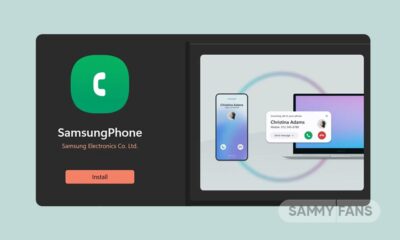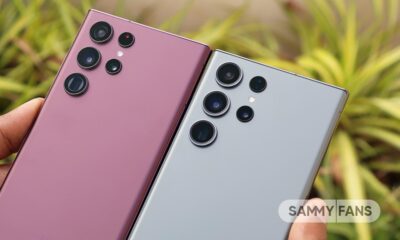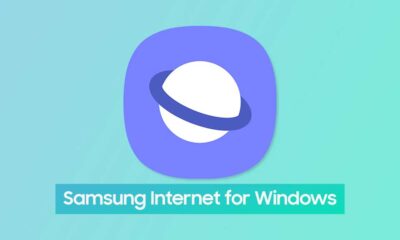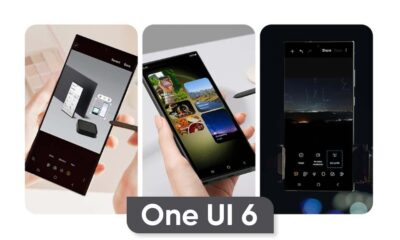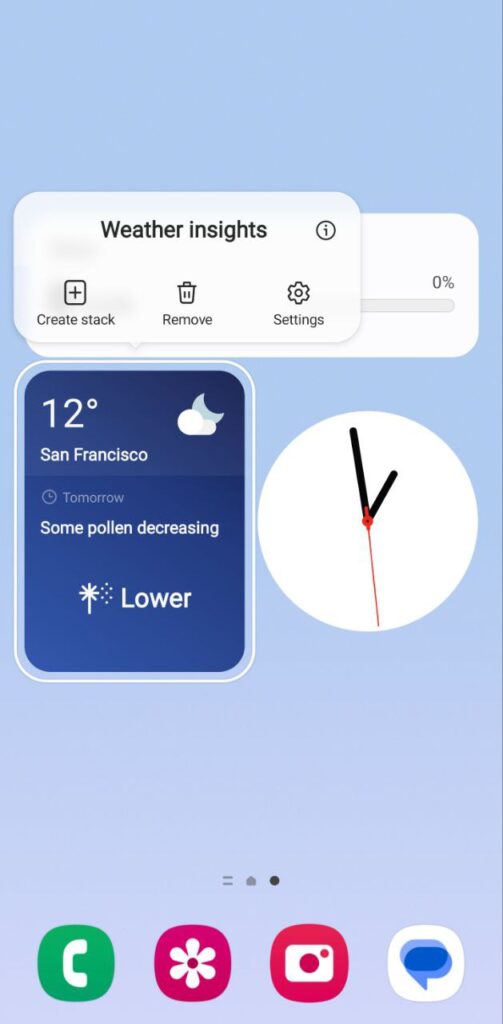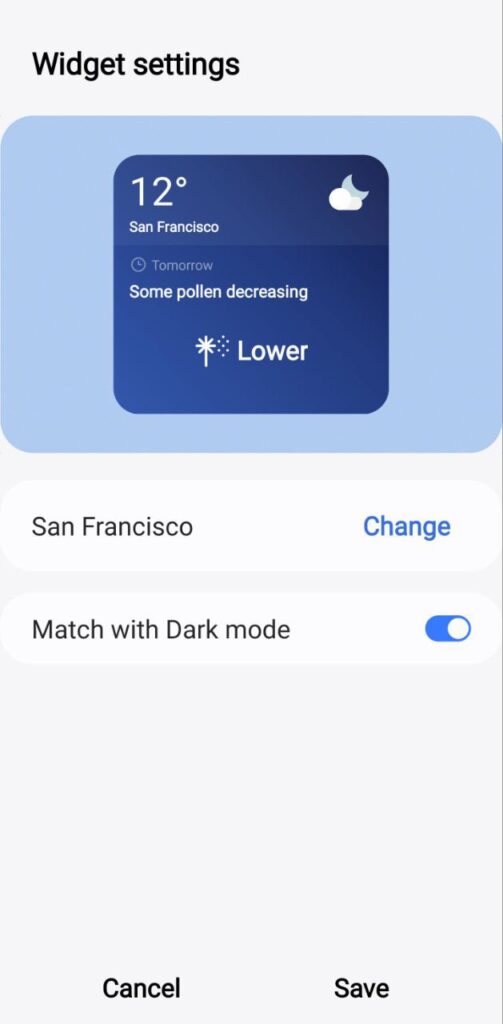Tips and Tricks
How to share files between multiple Windows devices

It’s likely that you have multiple laptops or desktop computers connected to your home wifi, which means you may need to exchange files among them. There are now more alternatives than ever if you require specific files and folders to be available from anywhere due to significant changes in how to set this up in recent years. In this article, we will tell you how to share files with Windows networking between multiple devices.
Download Sammy Fans App
Share files with Windows networking
You will have to enter Settings >> select Network & internet >> WiFi >> the name of the wifi network you’re connected to in order to enable Windows’ built-in networking functionality.
Join SammyFans on Telegram
Selecting a Make sure Turn on sharing… is chosen under the Public folder shared in the “Advanced sharing settings” section of the old Control Panel. To make connecting easier, you might also want to pick Turn off password-protected access further down. Based on how you initially set up Windows, these options may already be active, but you need both to be active for file sharing to function properly.
Follow Sammy Fans on Google News
Your Windows user account’s public folder is by default accessible over the network. In the File Explorer navigation pane, select Network to view other computers and gadgets. A private network will enable you to see other networked computers and gadgets as well as their ability to see the Windows machine you are now using. Right-click on individual files and folders in File Explorer and choose Show additional options to transfer them somewhere other than your user account’s public folder.

Grant access to, and particular individuals: You can specify which Windows users will be allowed access by entering their information, or you can select Guest or Everyone to make the selected files and folders more accessible to everyone on the local network. The same dialogue allows you to simultaneously specify read and write permissions.
One UI 6.0
How to bring One UI 6 Weather Insight Widget to your Galaxy’s Home screen
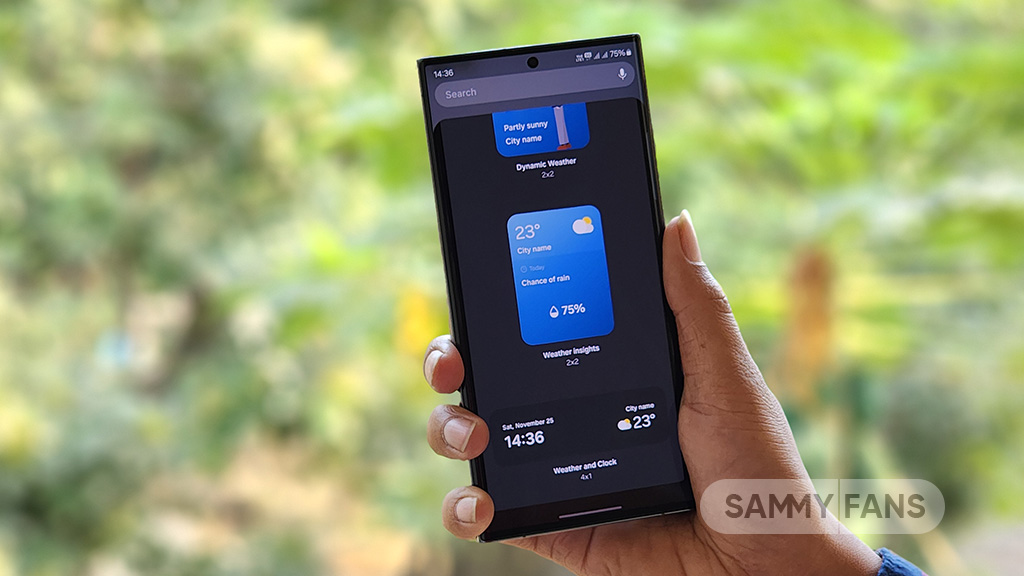
Samsung One UI 6.0 brings a lot of new features and improvements to the Galaxy devices. One of the most useful features is the Weather Insight Widget, which provides a comprehensive overview of the local weather conditions.
The Weather Insight Widget shows the current temperature, humidity, air quality, UV index, and wind speed, as well as the forecast for the next 24 hours and 7 days.
It also alerts the user of any upcoming severe weather, such as storms, snowfall, rain, or heat waves. The widget helps the user stay well-informed and prepared for weather changes.
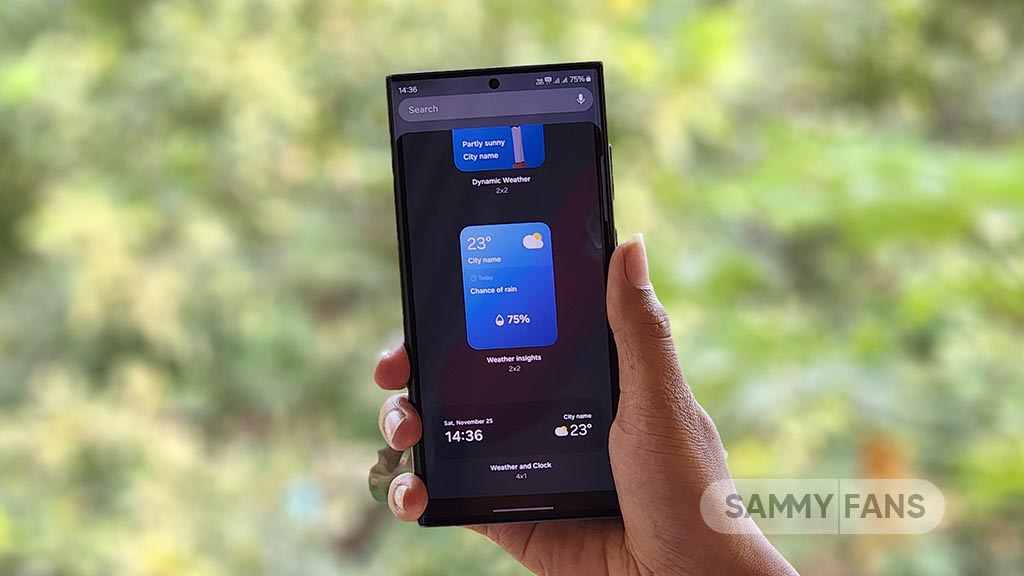
You can easily add the Weather Insight Widget to the home screen of the Galaxy device. Here are the steps to follow:
- Tap and hold the blank space on the home screen until the options menu appears.
- Click on the Widgets.
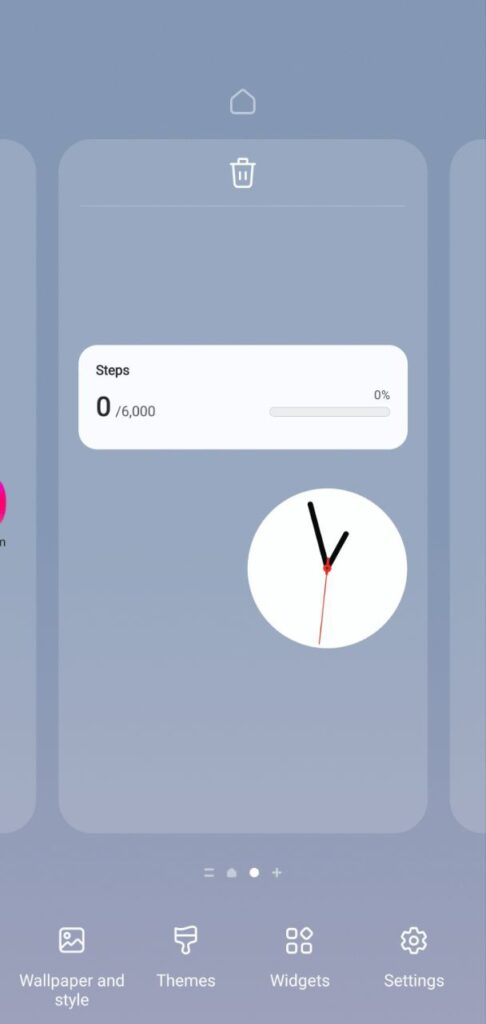
- Scroll down to find Samsung Weather.
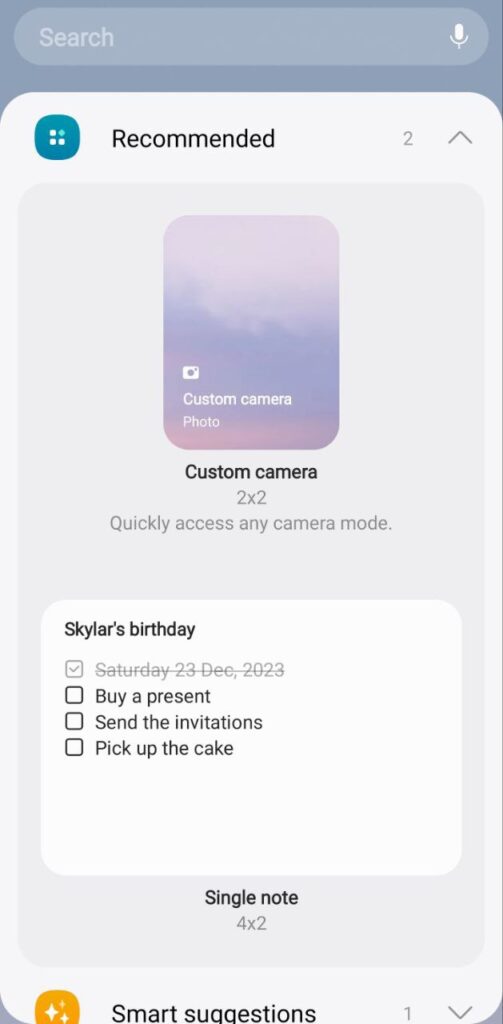
- Press the Weather option.

- Tap on the Insight from the list of widgets.
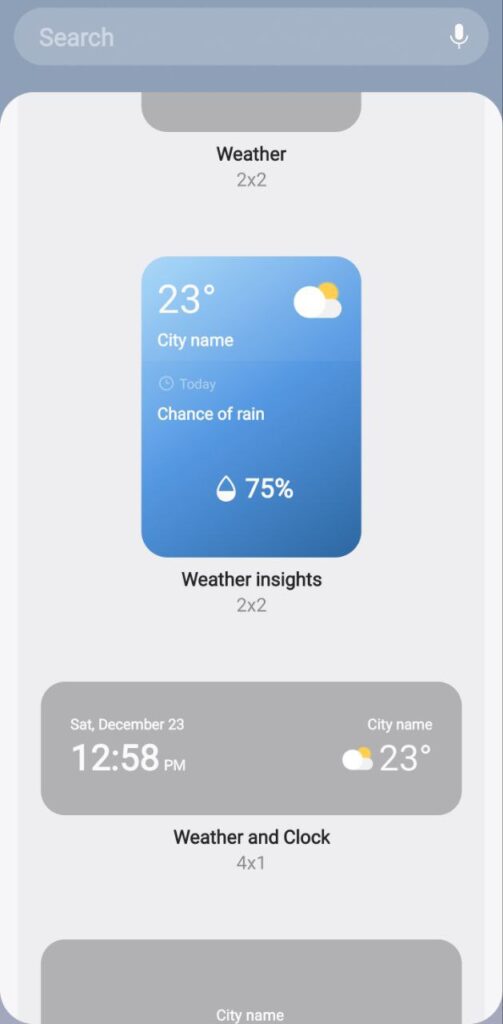
- Click on the Add option.
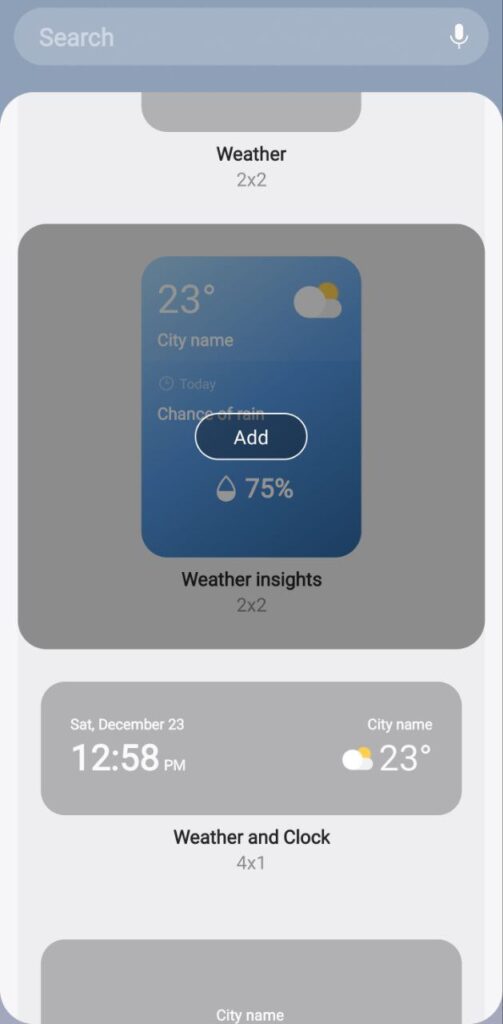
Now, you can drag and drop the widget to the desired location on the home screen and resize it if needed. Once the widget is added, the user can edit it by tapping on the settings icon on the top right corner of the widget. The user can also access more details and tips by tapping on the widget itself.
9 Amazing One UI 6.0 features you should try on your Samsung Galaxy device
Tips and Tricks
Mastering Smartphone Screen Issues: DIY Hacks with Samsung’s Digital Service Center

What if your smartphone’s touchscreen isn’t working properly, and you can’t manage the time to visit a service center? Don’t worry, you can effortlessly ensure optimal device health and get personalized support right at your fingertips by using Samsung’s Digital Service Center.
Here are DIY hacks that would ensure smooth functioning of your smartphone’s screen:
Screen doesn’t detect single-finger touches
- It’s possible that ‘TalkBack’ feature might be on. To disable ‘TalkBack’, tap on the settings icon once to select, followed by a double tap to open it.
- Scroll down and open ‘Accessibility’ and go to ‘Installed Apps’. Double tap on ‘TalkBack’ and then tap once on the on and off switch at the top right.
- Tap on ‘Turn off,’ and the ‘TalkBack’ feature will be disabled. You can also turn off ‘TalkBack’ using Bixby by simply pressing and holding the Bixby button and saying “Turn off TalkBack”.
Display’s touch sensitivity is too low
- Any attachment to the screen may affect the touch sensitivity of the device. But the touch sensitivity can be easily changed by following a series of simple steps.
- Navigate to ‘Setting’ and select ‘Display’. Scroll down to find the option for ‘Touch Sensitivity’ and toggle it on.
- If the touch sensitivity issue persists, try removing your phone’s screen guard and retesting your phone.
Screen doesn’t detect S-Pen input
- Any third-party accessories with a magnetic component, such as a phone cover, can affect S Pen recognition.
- To fix this, remove the accessory and install a Samsung-authorized cover, and try again.
- For optimal S Pen performance, avoid exposure to magnetic objects.
Tips and Tricks
Download One UI 5.1.1 Always On Display with new clock styles
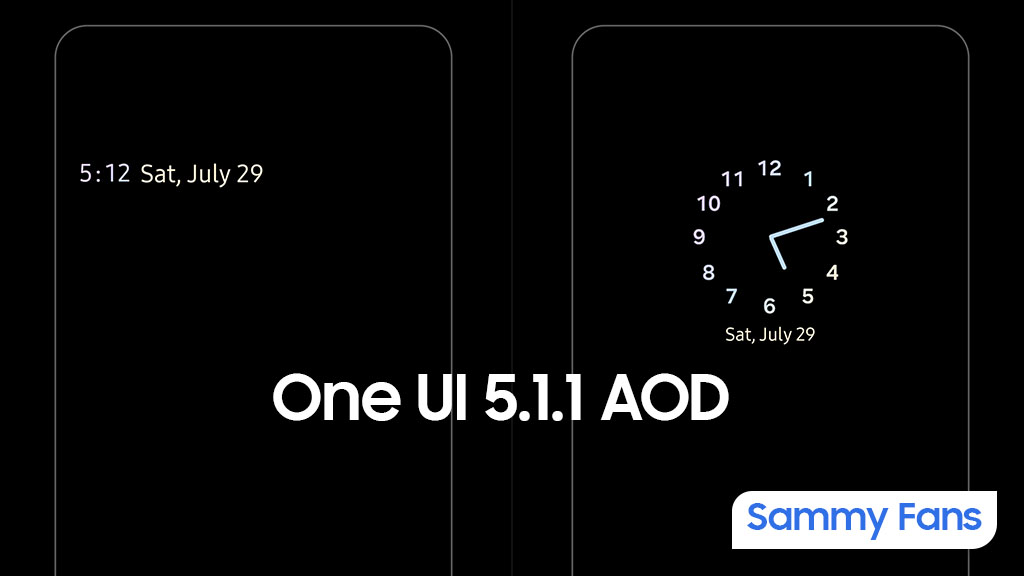
Samsung’s latest foldable smartphones come preinstalled with One UI 5.1.1. This new software comes with improved animations, some new useful features, and usability improvements. In addition, the One UI 5.1.1 brings a new Always On Display Clock Style and revamps one, which is available for download.
One UI 5.1.1 enhances the circular dial Always On Display clock, bringing the same-sized clock numbers. Besides, it adds a new clock style, which is in a horizontal arrangement and showcases time and date along with the day. The latest version of the Always On Display app brings new clock styles to One UI 5.1 phones.
Using the download link, you can download the APK file of the Always On Display app version 8.3.25.8 via mega.nz (via tarunvats33). Hopefully, Samsung will bring the new additions to Galaxy users with future update to the One UI’s AOD app.
- Always On Display v8.3.25.8 — Download [mega]

Follow our socials:





